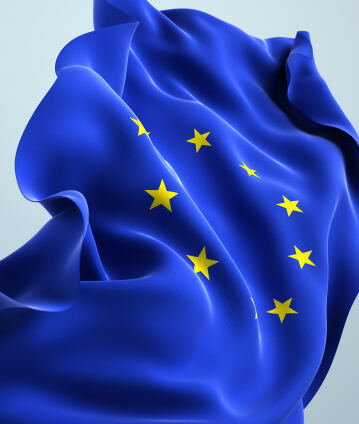The Europakonzert of the Berliner Philharmoniker

It is perhaps the most unusual concert series of classical music: the Europakonzert of the Berliner Philharmoniker. Every year on 1 May the orchestra appears at a location of particular significance for European culture – from the Uffizi Gallery in Florence to the Palace at Versailles. In addition to the spectacular settings, the Europakonzert captivates audiences with outstanding conductors and soloists and impressive concert programmes. This playlist presents highlights from the series.
The Philharmoniker’s Europakonzert not only commemorates the orchestra’s founding on 1 May 1882, but it is also a symbol of Europe’s shared cultural heritage. The venues where the Berliner Philharmoniker perform with their chief conductors and closely associated guests are as impressive as the programmes, which are always tailored to the location. For example, the orchestra has performed at the Smetana Hall in Prague, in the open air at the ancient Odeon Theatre, at the Vasa Museum in Sweden and in the Cypriot port of Paphos. Other atmospherically spectacular concert venues have included the hall of the Winter Riding School of Vienna’s Spanish Riding School, and the Margravial Opera House in Bayreuth.
In 2020 and 2021, the orchestra had to stay in its home city due to the coronavirus pandemic. For his second European concert in 2021, chief conductor Kirill Petrenko performed a fanfare in the Philharmoniker’s foyer that Boris Blacher had composed for the inauguration of the Scharoun building in 1963. The world-wide broadcast matinee concluded with the fast-paced orchestral study Short Ride in a Fast Machine by John Adams.
Our recommendations
- From its beginnings to today: Highlights in the Digital Concert Hall
- Musical Sunrises: “Let there be light!”
- Mozart’s most beautiful piano concertos
- Mastersingers of nature: Birdsong in classical music
- Great Violin Concertos: Highlights and discoveries
- A violinst recommends: Isabelle Faust’s Highlights